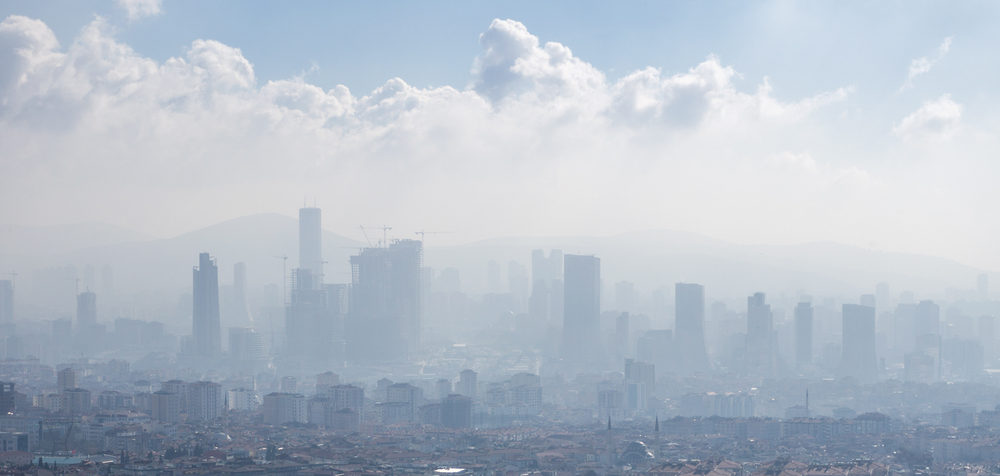
Researchers from the Australian Research Council Center of Excellence for Transformative Meta-Optical Systems (TMOS) have developed a tiny nitrogen dioxide sensor that could help protect the environment from vehicle pollutants that cause health problems and acid rain. Nitrogen dioxide is a common pollutant from cars, and is also created indoors by gas stoves.
The sensor is composed of an array of nanowires arranged in a square one fifth of a millimeter per side, meaning that it could be easily incorporated into a silicon chip. The sensor requires no power source, as it runs on its own solar powered generator.
“As we integrate devices like this into the sensor network for the Internet of Things technology, having low power consumption is a huge benefit in terms of system size and costs. The sensor could be installed in your car with an alarm sounding and alerts sent to your phone if it detects dangerous levels of nitrogen dioxide emitted from the exhaust,” explained lead author Shiyu Wei.
Existing gas detectors are large and slow, and require a trained operator. This new device, however, can quickly and easily measure less than 1 part per billion. The TMOS prototype used a USB interface to connect to a computer.
TMOS Chief Investigator Professor Lan Fu, leader of the research group said, “The ultimate aim is to sense multiple gasses on the one small chip. As well as environmental pollutants, these sensors could be deployed for healthcare, for example, for breath tests for biomarkers of disease. The tiny gas sensor is easily integratable and scalable. This, combined with meta-optics, promises to achieve multiplexing sensors with high performance and multiple functionalities, which will enable them to fit into smart sensing networks. The technologies we develop will transform our life and society in the coming years, with large‐scale implementation of Internet of Things technology for real‐time data collection and autonomous response in applications such as air pollution monitoring, industrial chemical hazard detection, smart cities, and personal health care.”
